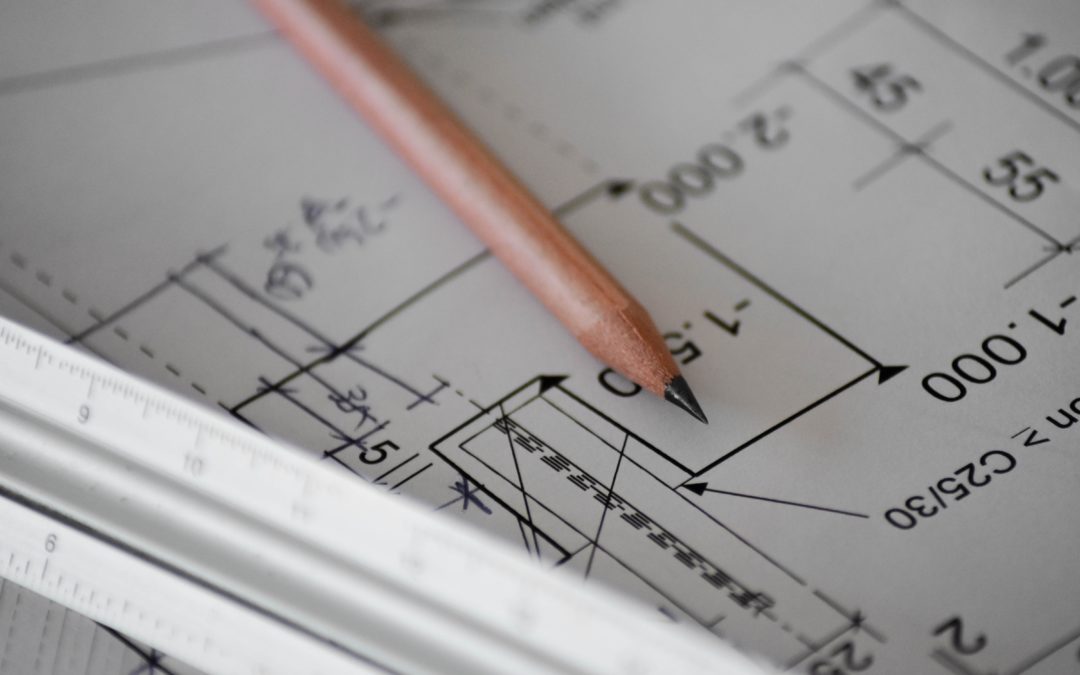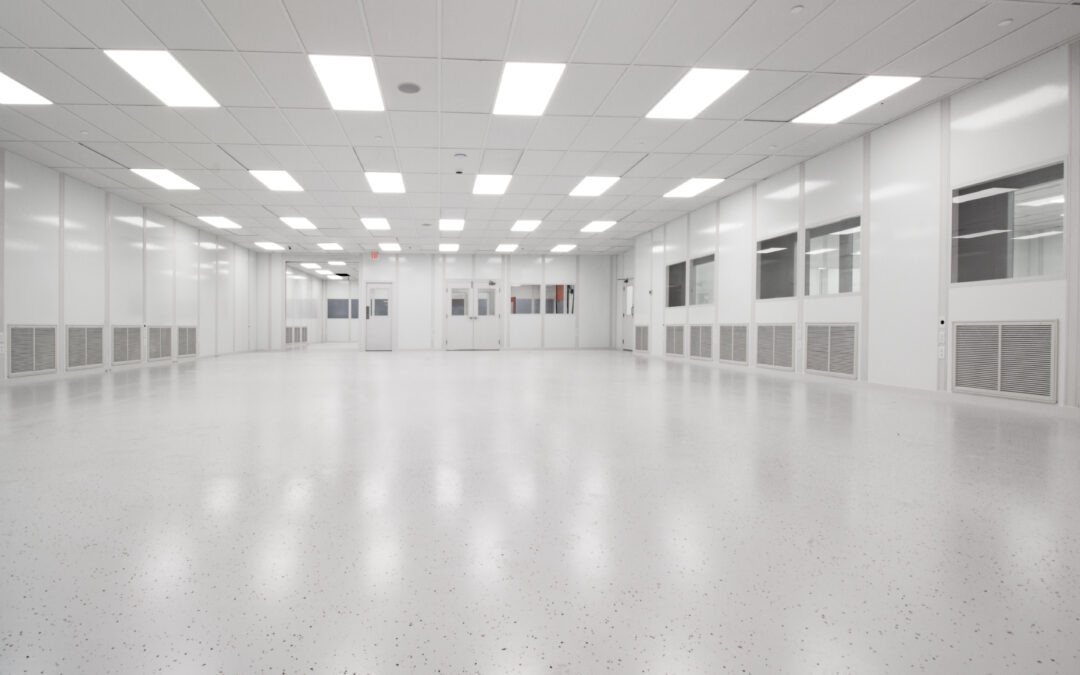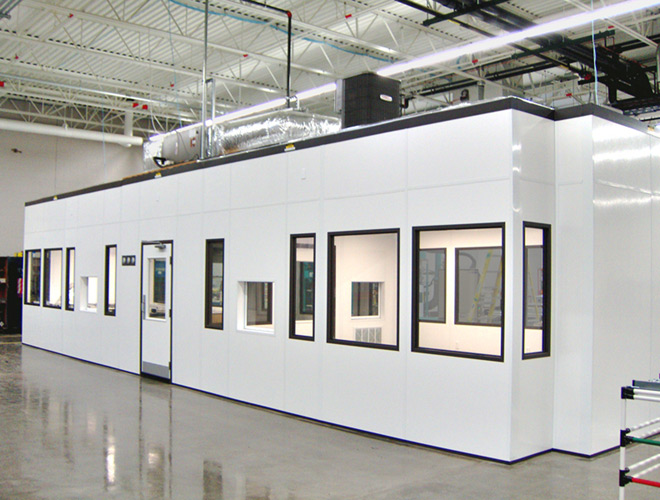
Everything You Need to Know About Modular Construction
Whether you’re looking to design a new cleanroom or renovate your building space to accommodate new offices or processes, you may have heard that modular construction is the way to go. Modular construction is trending right now for a few reasons, the primary one being that it’s a smart alternative to traditional construction. If your curiosity has been piqued, here’s everything you need to know about modular construction.
What is a Modular Cleanroom?
Here we break down the basics of modular construction, and what that entails for cleanroom design, construction, installation, and maintenance.
How to Repurpose or Move Your Modular Cleanroom
One of the benefits of modularly constructed cleanrooms is their flexibility and versatility. If you no longer need the cleanroom, you can take it apart and use the components for a new room or space. If you upgrade your facility, you can bring your modular cleanroom with you. This post outlines how to move or repurpose your modular cleanroom and take advantage of that versatility and adaptability.
What is an Inplant Building?
If you’re new to the concept of modular construction, the words “inplant building” might mean nothing to you. But you shouldn’t remain in ignorance. Inplant buildings can be a solution to many of the problems manufacturers with large factory and warehouse facilities face. This post outlines what inplant buildings are and their many benefits and uses.
Hidden Cost Benefits to Modular Construction
Modular construction isn’t the way of the future simply because it’s efficient and flexible—although it certainly is those things—it’s also extremely cost-effective in a variety of ways. This post outlines the ways in which modular construction can save you money, from sticker price to tax breaks!
Modular vs. Traditional Construction for Cleanrooms
This post lays out the differences between constructing a modular cleanroom or going the traditional construction route for your cleanroom. Learn the benefits and drawbacks of each option to help you decide which is right for your cleanroom design project.
How Modular Offices Can Work for Your Company
Modular construction isn’t just for cleanrooms. If you need more office space, but already have a facility, modular offices might be the right solution for your organization. This blog post outlines how modular construction can provide you with the office space you need without extensive renovation of your facilities or costly additions, instead, using space you already have.
Need a modular cleanroom or inplant building? Talk to Angstrom Technology and we can design it and build it!




